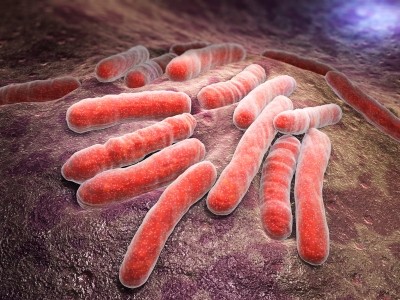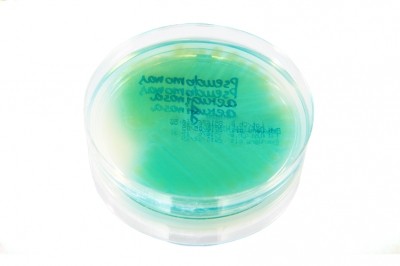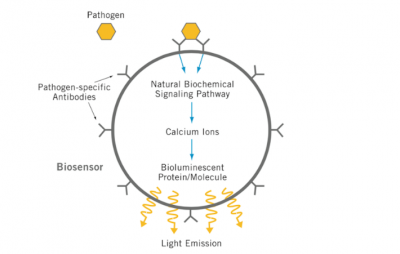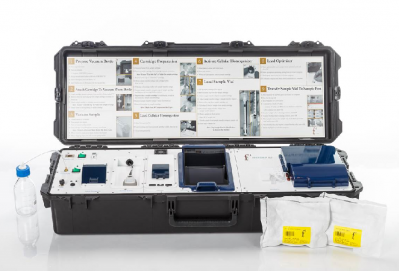CANARY helps pathogen detection
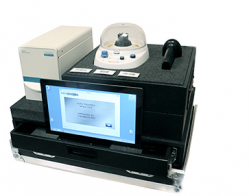
The Zephyr Identifier uses CANARY (Cellular Analysis and Notification of Antigen Risks and Yields) technology which is licensed from the MIT-Lincoln Laboratory.
Zephyr detects Salmonella, E. coli, Listeria and Campylobacter in dry foods, meats and on food preparation surfaces.
PathSensors is working with the USDA and FDA to identify pathogens in poultry and plant materials.
Using CANARY biosensors, the rapid kinetics and signal amplification of cell-based signaling enables pathogen detection at sensitivities to 50 cfu/pfu within five minutes.
“The portable Zephyr is as an easy-to-use, field deployable pathogen identification system, typically requiring less than a half hour of operator training,” said Ted Olsen, president of PathSensors.
“Typically, field samples are transported to regional laboratories for identification testing which can take critical hours. Zephyr technology enables quick testing onsite in minutes.”
CANARY incorporates pathogen-specific antibodies on the biosensor surface, which trigger bioluminescent proteins.
If a pathogen is present the biosensor binds surface bound antibodies triggering an intracellular calcium release, which activates the bioluminescent proteins and generates the emission of light.
